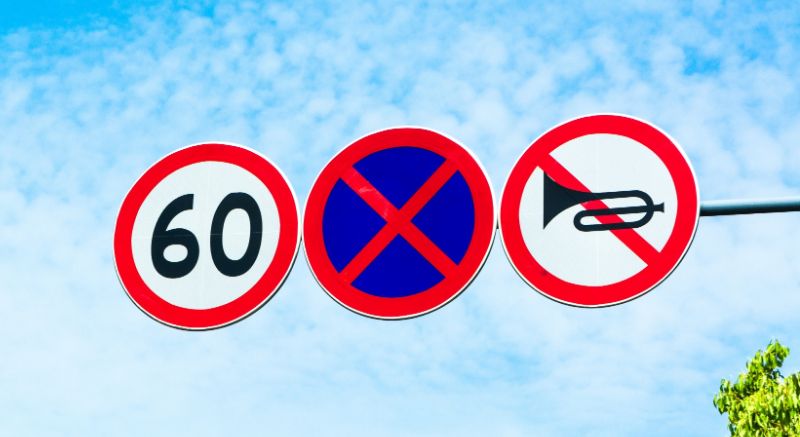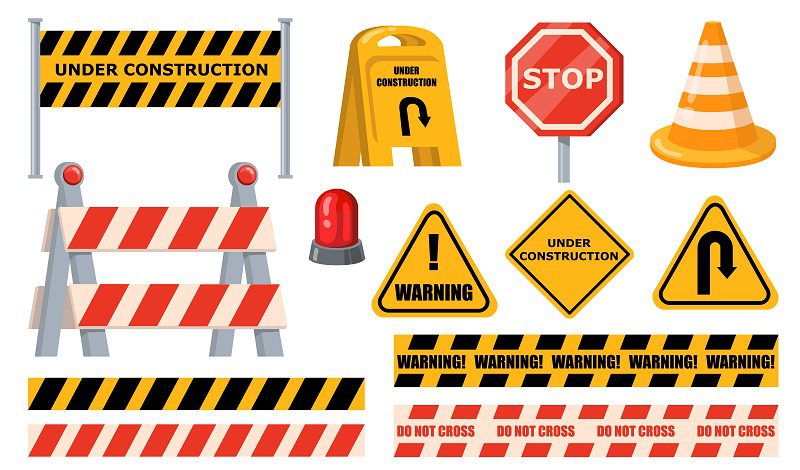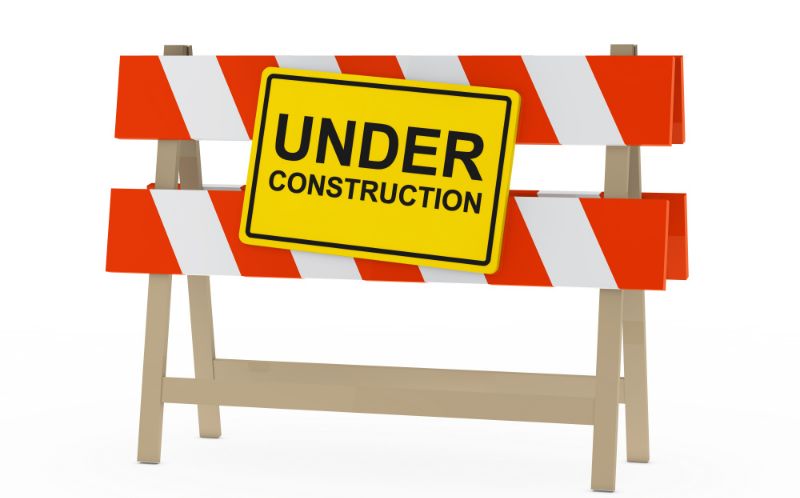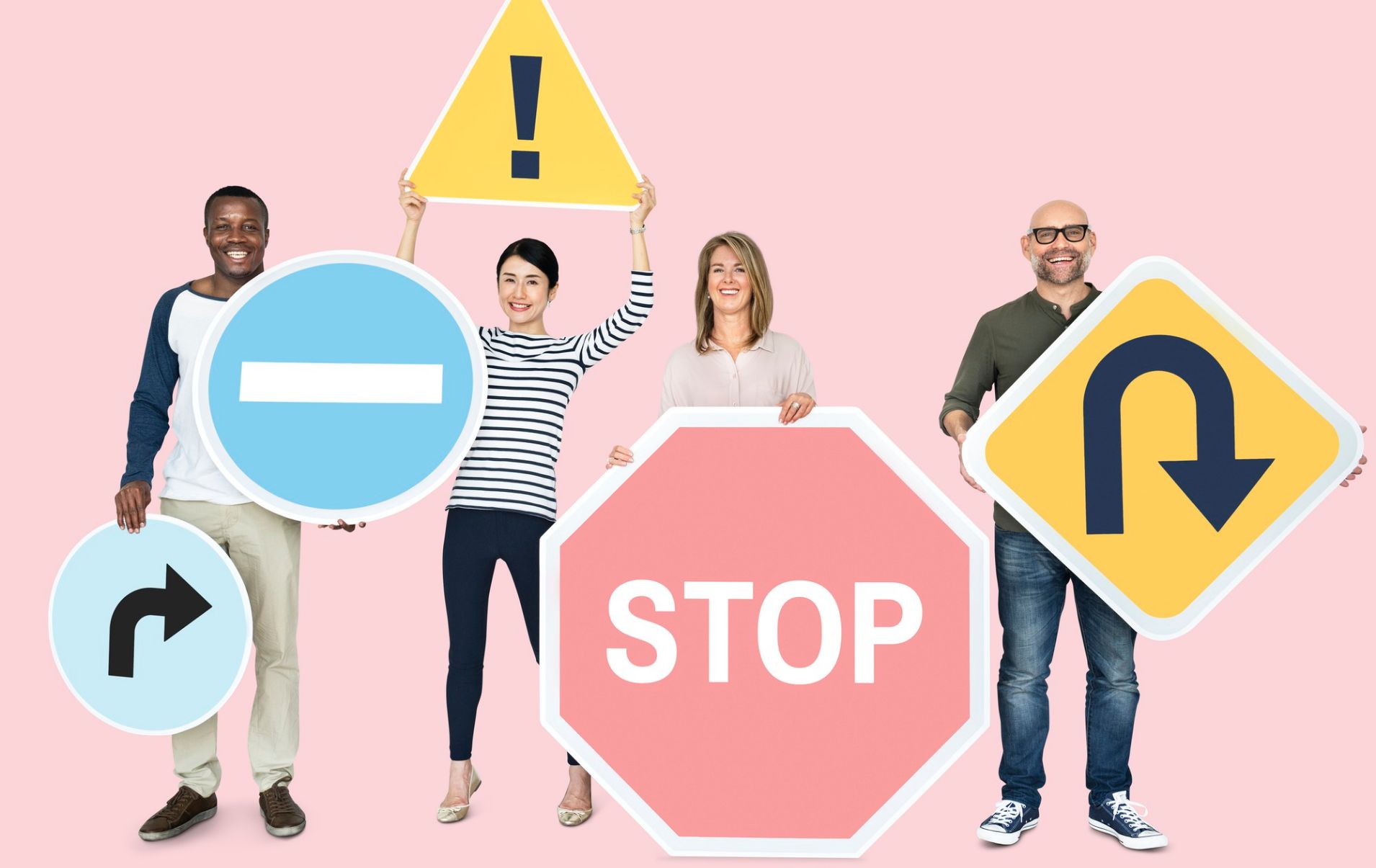Road signs are an essential part of our transportation system. They help to keep us safe and informed while we are on the road. There are many different types of road signs, each with its own specific meaning.
In this blog article, we will discuss the importance of road signs, the different types of road signs, and how to read road signs safely. We will also provide some additional tips for reading road signs.
Importance of Road Signs
Road signs are important for a number of reasons. First, they help to keep us safe. By warning us of potential hazards, road signs can help us to avoid accidents. Second, road signs provide us with information about the road ahead. This information can help us to make informed decisions about our driving, such as whether to slow down or change lanes. Third, road signs help to keep traffic flowing smoothly. By providing drivers with clear instructions, road signs can help to prevent congestion and accidents.
Types of Road Signs
There are four main types of road signs: regulatory, warning, guide, and temporary.
1. Regulatory signs
Regulatory signs give orders or instructions to drivers. For example, stop signs, yield signs, and speed limit signs are all regulatory signs.
They are usually octagonal in shape and red in color. Some common regulatory signs include:
- Stop signs tell drivers to come to a complete stop before proceeding.
- Yield signs tell drivers to slow down and yield the right-of-way to oncoming traffic.
- Speed limit signs tell drivers the maximum speed they are allowed to drive.
- Do not enter signs tell drivers that they are not allowed to enter a particular road or area.
- No parking signs tell drivers that they are not allowed to park in a particular area

2. Warning signs
Warning signs alert drivers to potential hazards on the road. For example, sharp curve signs, slippery road signs, and deer crossing signs are all warning signs.
- Deer crossing signs warn drivers that deer may be crossing the road.
- Slippery when wet signs warn drivers that the road may be slippery when wet.
- Construction ahead signs warn drivers that there is construction ahead and that they should be prepared to slow down or stop.
- Low clearance signs warn drivers that the road ahead is low and that their vehicle may not fit under it.
- School zone signs warn drivers that they are approaching a school zone and that they should slow down.

3. Guide signs
Guide signs provide information about directions, distances, and services. For example, interstate signs, exit signs, and rest area signs are all guide signs.
- Mileage signs tell drivers how far it is to the next town or city.
- Directional signs tell drivers which way to go to get to a particular destination.
- Information signs provide drivers with information about the road ahead, such as the weather conditions or upcoming attractions.
4. Temporary signs
Temporary signs are used to warn drivers about roadwork or other temporary hazards. For example, detour signs, lane closure signs, and construction zone signs are all temporary signs.
- Lane closure signs tell drivers that a lane is closed and that they need to merge into the remaining lane.
- Detour signs tell drivers that they need to follow a detour around a construction zone.
- Hazardous materials signs warn drivers that there are hazardous materials present in the area and that they should take precautions.

The Importance of Obeying Road Signs
Obeying road signs is essential for road safety. When drivers obey road signs, they are more likely to avoid accidents and injuries.
There are several reasons why it is important to obey road signs. First, road signs are designed to keep drivers safe. They warn drivers of potential hazards and provide information about how to drive safely. Second, obeying road signs helps to keep traffic flowing smoothly. When drivers obey the speed limit and other traffic laws, it makes it easier for everyone to get where they are going. Third, obeying road signs helps to reduce traffic congestion. When drivers do not obey road signs, it can cause traffic jams and make it difficult for everyone to get around.
How to Read Road Signs
Reading road signs is an essential skill for all drivers. By understanding the meaning of road signs, you can help to keep yourself and others safe on the road.
There are a few things to keep in mind when reading road signs:
- Pay attention to the shape and color of the sign. The shape and color of a road sign can tell you a lot about its meaning. For example, regulatory signs are usually octagonal in shape and red in color.
- Read the sign carefully. The text on a road sign will tell you exactly what you need to do. For example, a stop sign will say “STOP” in large, white letters.
- Be aware of your surroundings. When you are reading a road sign, be sure to pay attention to the traffic around you. Do not take your eyes off the road for too long.
Road signs are an essential part of our transportation system. They help keep us safe by providing information about the road ahead. By understanding the different types of road signs, their colors, and shapes, we can all help to make our roads safer. Obeying road signs is not just about following the rules. It’s also about being a responsible driver and taking steps to protect yourself and others. When you obey road signs, you’re not just helping yourself. You’re also helping to create a safer environment for everyone on the road. So next time you’re on the road, remember to pay attention to the signs. They’re there to help you stay safe.
Do you need road signs for your business or project in Qatar? We can help! We offer a wide variety of road signs, including regulatory, warning, and guide signs. We also offer custom signs that can be designed to meet your specific needs.
Contact us today at [email protected] to learn more about our road signs and how we can help you keep your roads safe.
Categories
- Blog (51)
- Uncategorized (1)




